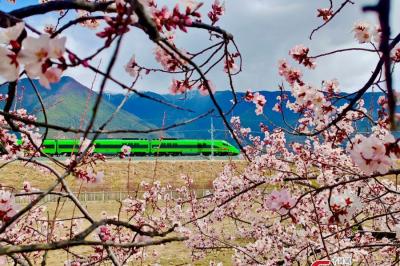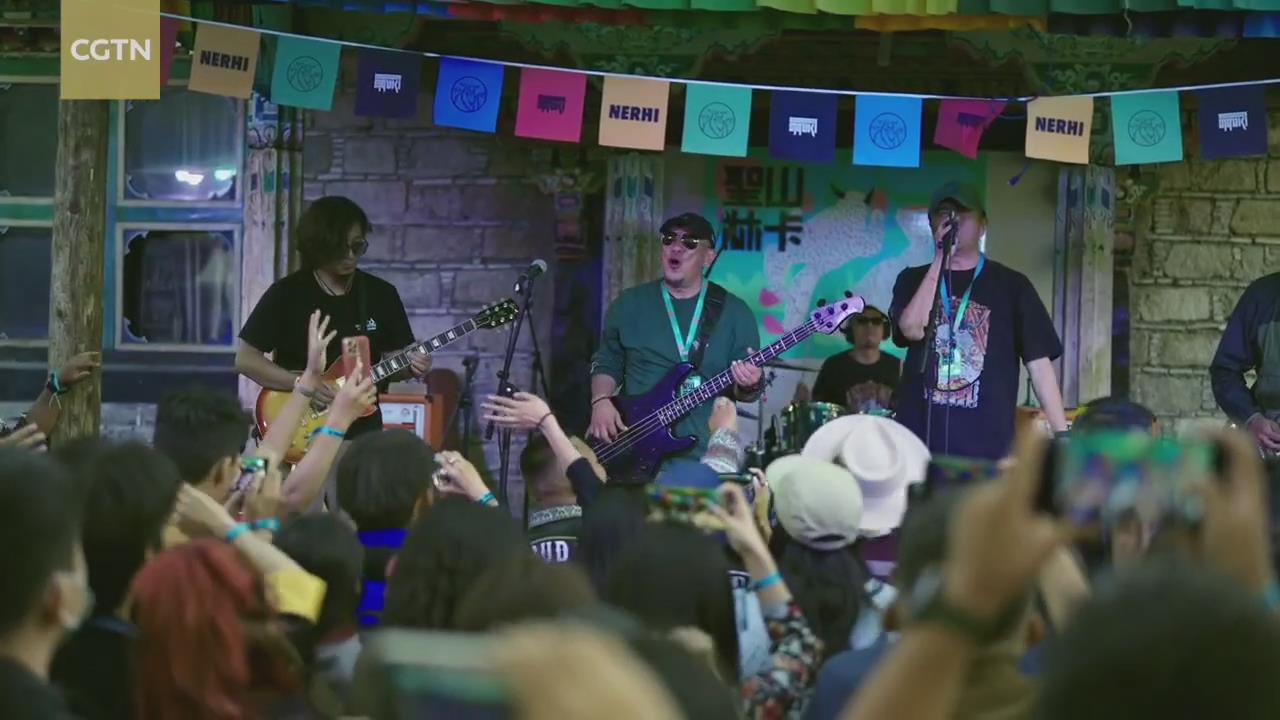| LHASA, Dec.19,2017-- Southwest China's Tibet Autonomous Region will build five new funeral homes and renovate another two by 2020, as cremation is becoming more acceptable for ethnic Tibetans.
The projects are expected to cost 370 million yuan (56 million U.S. dollars), and include new funeral homes in the cities of Nyingchi, Shannan, and Nagqu, and Ngari prefecture, according to the regional civil affairs department.
Each new facility will cost 60 million yuan. A funeral parlor, with investment of 50 million yuan, is already under construction in Xigaze.
Two existing parlors in the regional capital of Lhasa and Qamdo will be expanded. The lobby of the Lhasa funeral home will be refurbished in accordance with the Tibetan style "to help encourage locals to consider cremation," said deputy head of the parlor, Purbu Zhaxi.
Sky burials, in which bodies are fed to vultures and other predatory birds, are practiced in about 80 percent of the Tibetan buddhist funerals. They are regarded as an act of generosity and a ritual that allows the soul to ascend to heaven.
While sky burials remain the dominant choice, the acceptance of cremation as another option has climbed.
The funeral home in Lhasa opened in 2000 and had cremated nearly 10,000 bodies by the end of last year. In 2016, a quarter of the cremated deceased there were ethnic Tibetans, compared with 17 percent recorded in 2001.
Purbu Zhaxi said that when the site opened very few people opted to be cremated, but now many people, both Han Chinese and ethnic Tibetan, are making this choice.
"It even took me time to accept cremation," said Lhaba Cering, a technician at the facility. Four of five technicians at the site, whose jobs include cleaning and embalming bodies and cremation, are ethnic Tibetans.
In 2000, the printing firm Lhaba Cering worked for was shut down and he was reassigned to work at the funeral home. He said at first he had a psychological barrier to his new job. Two months later, after completing thorough training, he cremated the first ethnic Tibetan admitted by the facility with guidance from his colleagues and technicians from other parts of the country.
When the site opened, staff placed brochures in hospitals to provide information about cremation to the public.
A year later the facility was receiving clients from thousands of kilometers away, however, some locals spread rumors that knives hung in the cremator and bodies suffer numerous cuts.
The funeral home opened its cremator to the public to quash these rumors. Many visitors were astonished at how clean the process was. It is a Tibetan buddhist belief that everything related to the deceased must be clean and after death, no traces of their body should be left on the earth.
Lhaba Zhaxi, manager of the funeral home, said he sometimes sees elderly women walking near the facility. "Maybe they are considering their options after death," he said.
In addition to the plan for funeral homes, the regional government is also working to protect sky burial sites. It has earmarked 380 million yuan to renovate 156 sky burial sites. Mortuaries will be built, railings added, and roads paved.
|
- Home
- News Tibet |Exclusive |China |World |Related News |Latest
- Documents White Papers |Others
- Photo Politics |Economy & Society |Culture & Religion |Human & Nature |Beautiful Tibet |Other Tibetan-Inhabited Area |Exchanges |Related
- Video News |Documentary |Micro-Video |Entertainment
- Art
- Tourism
- In Focus
- About Tibet






